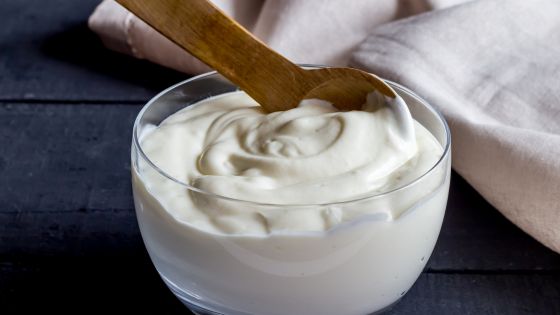Have you ever stopped to wonder about the journey that your beloved yogurt takes from milk to spoonful? The process of yogurt-making is a beautifully complex dance between science and craftsmanship, resulting in a creamy and tangy delight that’s enjoyed by many across the globe.


It’s easy to overlook the intricate details that go into this seemingly simple dairy product, but by peeling back the curtain, we can uncover the secret life of yogurt and admire the tangible beauty of its creation. So, let’s embark on a journey of discovery and explore the fascinating process behind this beloved treat.
The Essence of Yogurt-Making
Selection of Milk
The process commences with the careful selection of high-quality milk. Traditionally sourced from cows, yogurt can also be crafted from alternative milk sources like goat, sheep, or plant-based options such as almond, soy, or coconut milk. The richness and quality of the milk significantly influence the yogurt’s flavor and texture.
Heating
Once the milk is chosen, it undergoes a crucial heating phase. This step involves raising the milk’s temperature to a specific degree, effectively sterilizing it by eliminating any existing bacteria. Simultaneously, the heating process helps denature the milk proteins, setting the stage for the forthcoming fermentation.
Cooling
After heating, the milk is cooled to an optimal temperature range, typically around 110°F to 115°F (43°C to 46°C). This temperature facilitates an ideal environment for the introduction and growth of the beneficial bacteria needed for fermentation.
The Science Behind Fermentation
Inoculation
To kickstart the fermentation process, a small amount of existing yogurt containing live active cultures or specialized starter cultures is introduced into the milk. These cultures, often strains like Lactobacillus bulgaricus and Streptococcus thermophilus, serve as the catalysts for the transformation of milk into yogurt.
Mixing
The inoculated milk is thoroughly mixed, ensuring uniform distribution of the cultures throughout the mixture. This step is crucial for consistent fermentation.
Fermentation
The mixture is then left in a controlled environment for several hours. During this time, the live bacteria consume the lactose in the milk, converting it into lactic acid. This process causes the milk to thicken and develop the characteristic tanginess and texture of yogurt.
Crafting the Perfect Yogurt
Monitoring
Throughout the fermentation process, careful monitoring of temperature and acidity levels is essential to ensure optimal fermentation and the desired consistency and flavor profile.
Cooling and Setting
Once the desired consistency and acidity are achieved, the yogurt undergoes cooling to halt the fermentation process. It is then allowed to set, resulting in the creamy texture and rich taste we associate with yogurt.
Enhancing Taste and Variety
Flavoring and Sweetening
While some yogurts remain unaltered after fermentation, others undergo additional steps where flavors, sweeteners, or fruits are added. These supplementary ingredients enhance taste and offer a wide array of varieties, catering to diverse consumer preferences.
The Final Touch: Packaging and Preservation
Crafting freshly made yogurt involves a detailed process. From its creation to packaging, every step is crucial. Specially chosen containers—cups, tubs, or other types—are selected to keep the creamy and tangy flavors intact. But it doesn’t end there. These containers are stored with great care in refrigerated conditions to maintain the yogurt’s freshness until it reaches you—the consumer.
So, enjoy every spoonful, knowing that from production to packaging, it’s been handled with utmost care to ensure exceptional quality.
In Conclusion
The process of making yogurt is a testament to the beauty of science, tradition, and craftsmanship. While enjoying a spoonful of this creamy delight, we often overlook the intricate production process behind it. Every step, from selecting the right milk to the fermentation, is crucial in creating a yogurt that is both delicious and nutritious. It is fascinating to see how human ingenuity and nature’s processes come together in harmony to create such a beloved product.
And now, with the help of modern technology like displacement pumps, yogurt production has become even more efficient. So, let us take a moment to appreciate the artful fusion of science and tradition and indulge in this timeless delight.
























